GPU Fans Not Spinning – Complete Guide – 2024!
When your GPU fans aren’t spinning, it’s not just an annoyance it can lead to serious overheating problems that may damage your graphics card. Addressing this issue promptly is crucial to ensure your GPU runs efficiently and lasts longer.
“First, check if the GPU is under load; fans often don’t spin until the temperature rises. Next, ensure the power connectors are properly plugged in. Finally, update your GPU drivers, as outdated drivers can sometimes cause this issue. If none of these steps work, the fan might be faulty and need a replacement”
Are you wondering why your GPU fans aren’t spinning? This common issue can lead to overheating but don’t worry simple fixes exist. Let’s explore the possible causes and get your fans running smoothly again.
GPU Fans Not Spinning? Here Are Some Common Causes!
1. Check Power Connections
Before diving into more complex solutions, make sure the GPU is plugged in though. A loose connection can prevent the fans from receiving power. It’s a simple step, but it can save you a lot of troubleshooting time.
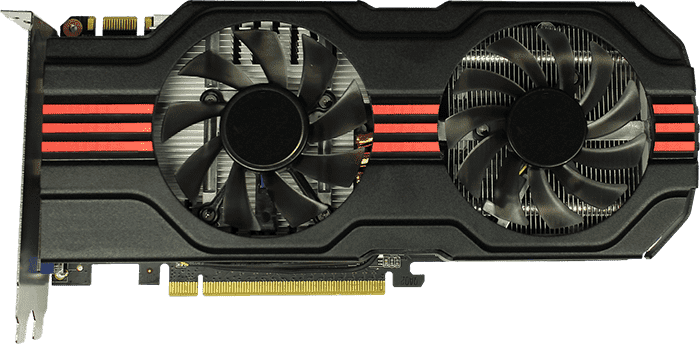
2. Inspect for Physical Obstructions
Over time, dust and debris can accumulate inside your PC. This buildup may block the fans from spinning properly. Check whether the fans can be turned manually to see if something is obstructing them. If they can’t, they may be blocked by debris, which can be easily cleaned out using compressed air or a soft brush.
3. Check Temperature Settings
Some GPUs are designed not to spin the fans until they reach a certain temperature. This feature, known as zero RPM mode, conserves energy and reduces noise when the GPU isn’t under heavy load.
If your GPU fans aren’t spinning, monitor the temperature to see if they start spinning when they reach a specific temperature.
4. Reseat the GPU and Check the Cables
Sometimes, simply reseating the GPU and checking the cables can solve the issue. If the GPU isn’t seated properly or the cables are loose, the fans may not spin. Remove the GPU, clean the slot, and carefully reseat it. Make sure all connections are secure, including the power cables.
5. Test the Fans Manually
If you’re still having issues, try disassembling your card to access the fans directly. Once you have access, check whether the fans can be turned manually. If they move freely, the problem might be related to the power supply or motherboard.
6. Update Drivers and Software
Outdated drivers can sometimes cause hardware malfunctions. Make sure your GPU drivers are up to date by visiting the manufacturer’s website or using the software that came with your GPU.
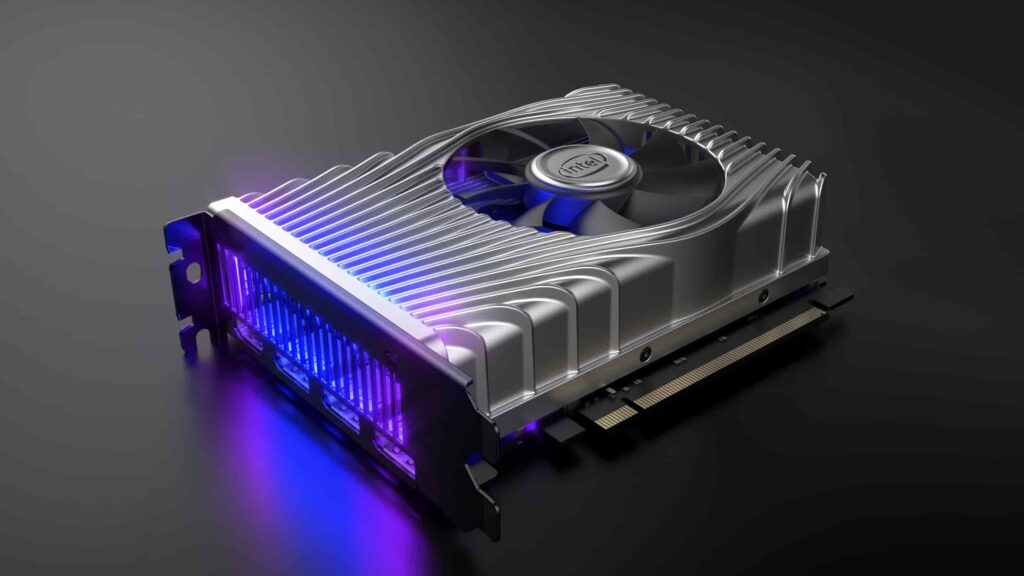
Additionally, check out Microsoft partner H Y P E S T KEY for any relevant software updates or tools that might assist in resolving fan issues.
7. Consider Power Supply Issues
If you’re using an own splitter cable to power the GPU, ensure that it can provide sufficient power. A weak or incompatible cable might not deliver enough power to the fans, leading to malfunction.In some cases, upgrading your power supply might be necessary to ensure proper GPU operation.
8. Final Steps
If none of the above solutions work, you may need to consider more advanced troubleshooting, such as checking the motherboard or consulting with a professional. In rare cases, the GPU itself might be defective and require replacement.
The optimal temperature range for a GPU can vary depending on the model and the cooling solution used, but generally, here are the guidelines:
Idle GPU Temperatures!
- 30°C to 45°C (86°F to 113°F): When your GPU is idle (not under load), it should ideally be in this temperature range.
- This indicates that your cooling system is functioning well, and there’s no excessive heat build-up.
Under Load GPU Temperatures:
- 60°C to 85°C (140°F to 185°F): When your GPU is under load (e.g., during gaming or running intensive applications), it should typically stay within this range.
- Modern GPUs are designed to handle these temperatures without any issues. If your GPU consistently stays at the upper end of this range, consider improving your cooling or airflow.
Maximum GPU Temperatures:
- 85°C to 95°C (185°F to 203°F): This range is generally the maximum safe operating temperature for most GPUs.
- Operating at these temperatures for extended periods isn’t ideal and can lead to thermal throttling, where the GPU reduces its performance to cool down.
Critical GPU Temperature:
- 95°C+ (203°F+): Exceeding 95°C is dangerous and could lead to hardware damage or significant thermal throttling.
- If your GPU reaches these temperatures, you should immediately check for issues such as dust build-up, insufficient cooling, or poor airflow in your case.
Zero RPM Mode Considerations:
Many modern GPUs come with a feature known as “zero RPM mode,” where the fans do not spin until the GPU reaches a certain temperature is called “zero RPM mode”.
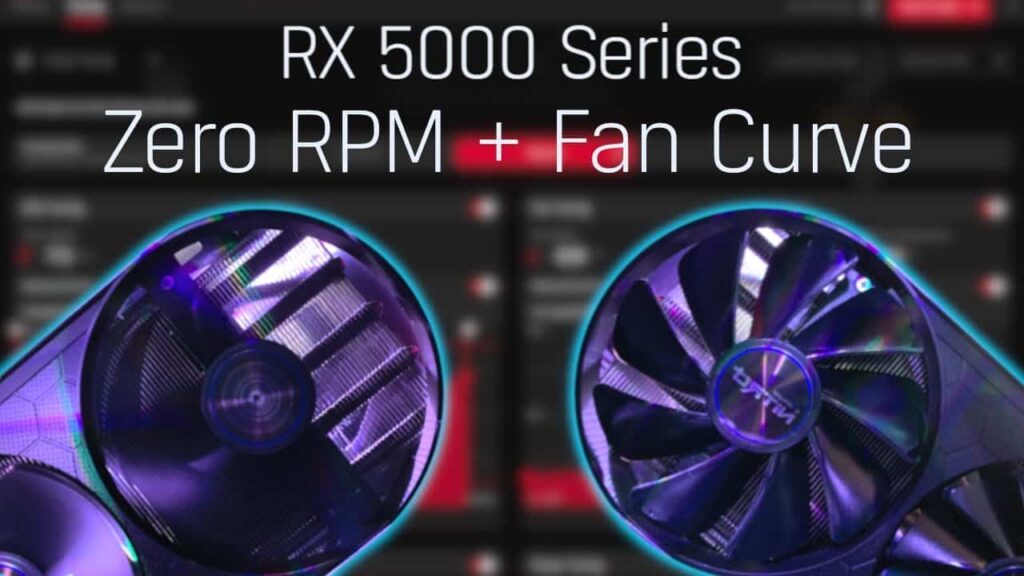
Usually around 50°C to 60°C (122°F to 140°F). This is normal and helps reduce noise during low-load operations.
Maintaining Optimal GPU Temperatures:
To maintain your GPU within the ideal temperature range, ensure that your PC case has good airflow,
- Clean the fans and heatsinks regularly, and consider using additional cooling solutions if necessary, Such as aftermarket GPU coolers or additional case fans.
- Monitoring your GPU temperature using software like MSI Afterburner or HWMonitor can help you keep an eye on its performance and prevent overheating issues.
Why GPU Fans Not Spinning?
If your GPU fans aren’t spinning, the problem could be due to a few common issues
- Check GPU load: Fans might not spin if the GPU isn’t under load, as they often activate only at higher temperatures.
- Inspect power connectors: Ensure all power connectors are properly plugged in.
- Update GPU drivers: Outdated drivers can cause fan issues; make sure your drivers are up to date.
- Fan malfunction: If the above steps don’t help, the fan might be faulty and may need replacement.
Why is my GPU cooling fan not spinning?
If your GPU cooling fan isn’t spinning, it might not be hot enough to start. Check the power cables, update your drivers, and if it still doesn’t spin, the fan could be broken.
Should the GPU fans always be running?
GPU fans don’t always need to run. They usually start spinning only when the GPU gets hot during heavy tasks like gaming. If the GPU is cool, it’s normal for the fans to stay off.
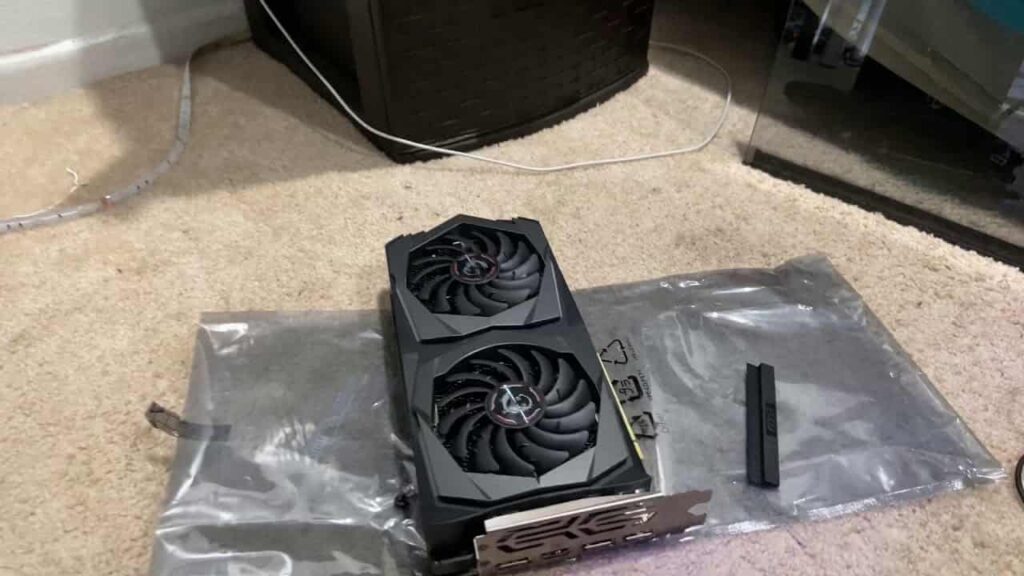
How to activate GPU fans?
To activate GPU fans, make sure the GPU is working hard enough, as fans usually start when it gets hot. You can also use software to manually control fan speeds or check your settings to ensure everything is correct.
GPU fans not spinning but working?
If your GPU fans aren’t spinning but the GPU is working, it might be because the temperature is low, and fans aren’t needed yet. Check if the power cables are connected, and try adjusting fan settings in the software.
Graphics card fans not spinning no display?
If your graphics card fans aren’t spinning and there’s no display, check if the power cables are properly connected. The issue could also be with the power supply or a faulty card. Consider testing the card in another system.
GPU fans not spinning on startup?
If your GPU fans aren’t spinning, check if the GPU is hot enough to need the fans, make sure power cables are connected, and update your drivers. If these don’t help, the fan might need to be replaced.
GPU fans not spinning overheating?
If your GPU fans aren’t spinning and the GPU is overheating, it might be because the fans aren’t working properly. Check the power connections, ensure the GPU drivers are updated, and consider cleaning or replacing the fans.
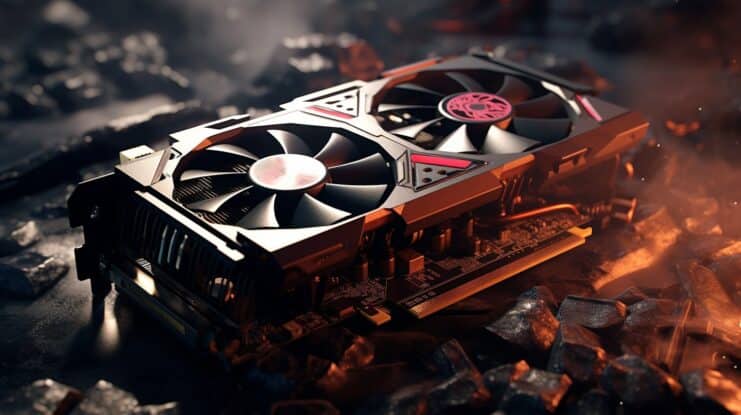
GPU fans not spinning when idle?
If your GPU fans aren’t spinning when idle, that’s usually normal. Fans often only start when the GPU gets hot. Check if they work under load, and ensure the GPU is properly connected and drivers are up to date.
Nvidia GPU fans not spinning?
If Nvidia GPU fans aren’t spinning, it might be normal if the GPU is cool. Check if the power cables are connected and update your drivers. If the problem persists, the fan could be faulty and may need repair.
FAQ’s:
Why are my gpu fans not spinning?
GPU fans may not spin if the GPU is cool, as they often only start when it gets hot. Check if the power cables are connected, update drivers, and ensure the fans are not blocked or damaged.
Is it normal for gpu fans to not spin?
Yes, it’s normal for GPU fans not to spin if the GPU is cool. They usually only start when the GPU gets hot. If they don’t spin during heavy use or are not working at all, check for issues.
How can I troubleshoot overheating issues causing GPU fan problems?
To troubleshoot overheating and GPU fan issues, check if the fans are clean and working. Ensure proper airflow in your case, update GPU drivers, and monitor GPU temperatures. If overheating persists, consider adding more cooling or replacing the fan.
What should I do if my GPU fans have mechanical failure?
If your GPU fans have a mechanical failure, first check if they are clogged or stuck. If not, you might need to replace the fans. Ensure proper installation and consider professional help if needed to avoid further damage.
How can outdated or corrupted drivers affect GPU fan performance?
Outdated or corrupted drivers can cause GPU fans to not spin correctly or respond to temperature changes. Updating or reinstalling drivers can help fix these issues and ensure the fans work properly to cool the GPU.
What steps should I take if my GPU fans are not spinning despite troubleshooting?
If GPU fans aren’t spinning despite troubleshooting, try checking all connections and updating drivers again. If the problem persists, the fans might be broken and need replacing. Consider professional repair if you’re unsure about fixing it yourself.
Conclusion:
If your GPU fans aren’t spinning, start by checking the power connections, cleaning the fans, and updating your drivers. If these steps don’t work, the fans may be faulty and might need replacement to prevent overheating.
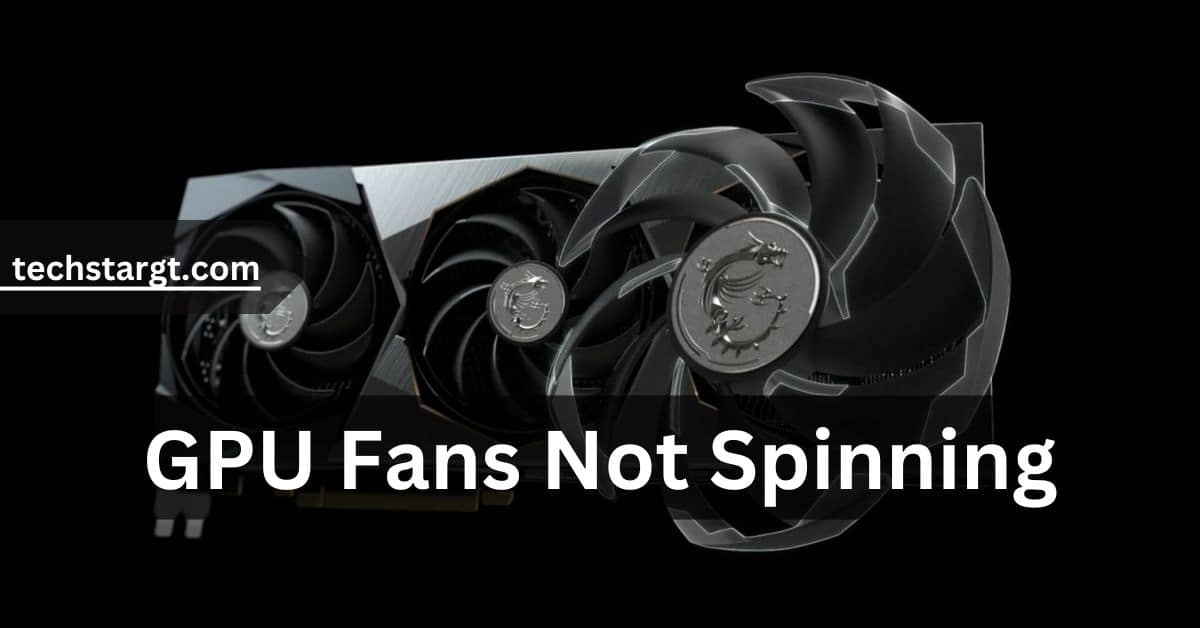
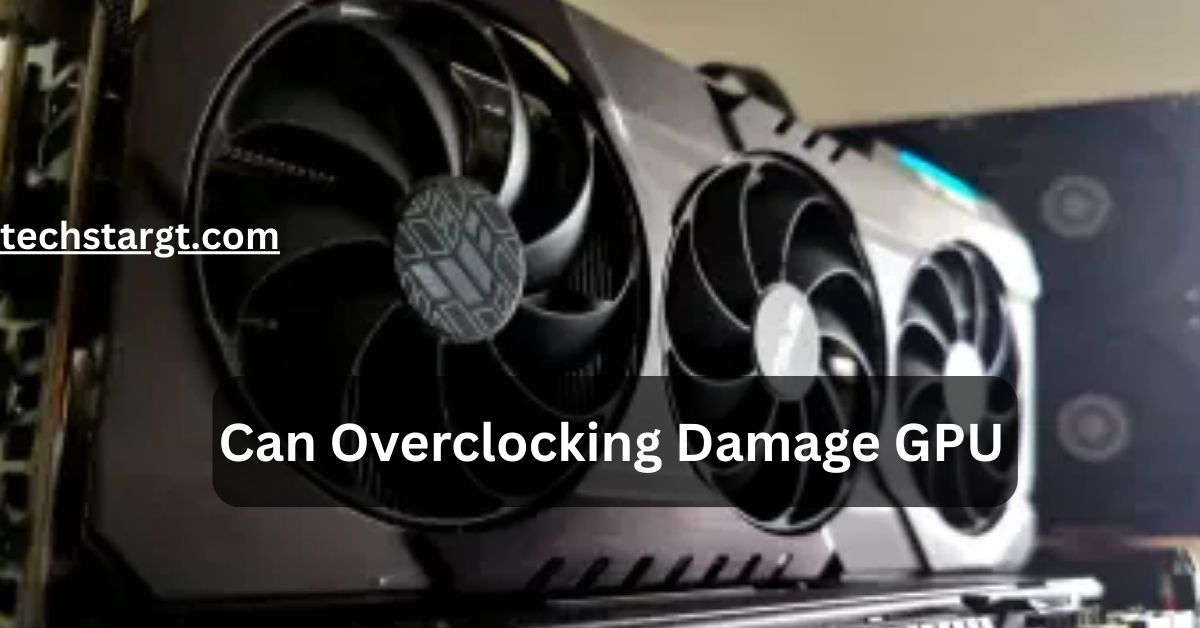
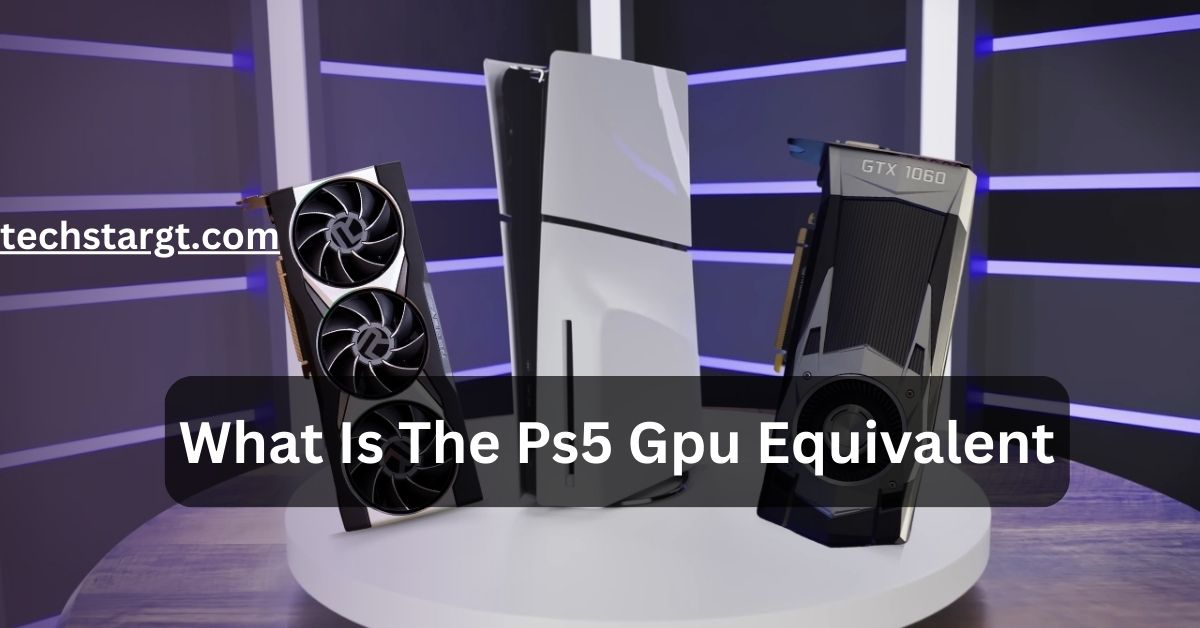
Post Comment